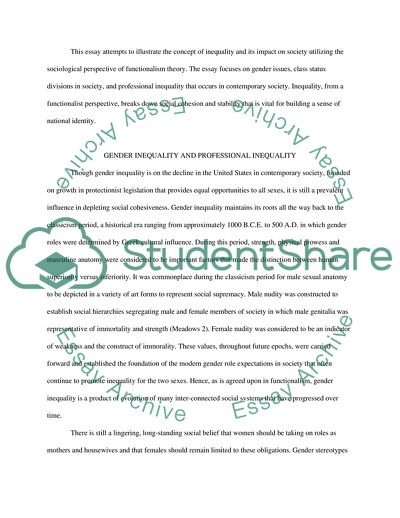Cite this document
(Inequality applying the functionalism theory Essay, n.d.)
Inequality applying the functionalism theory Essay. https://studentshare.org/sociology/1808295-inequality-applying-the-functionalism-theory
Inequality applying the functionalism theory Essay. https://studentshare.org/sociology/1808295-inequality-applying-the-functionalism-theory
(Inequality Applying the Functionalism Theory Essay)
Inequality Applying the Functionalism Theory Essay. https://studentshare.org/sociology/1808295-inequality-applying-the-functionalism-theory.
Inequality Applying the Functionalism Theory Essay. https://studentshare.org/sociology/1808295-inequality-applying-the-functionalism-theory.
“Inequality Applying the Functionalism Theory Essay”. https://studentshare.org/sociology/1808295-inequality-applying-the-functionalism-theory.


